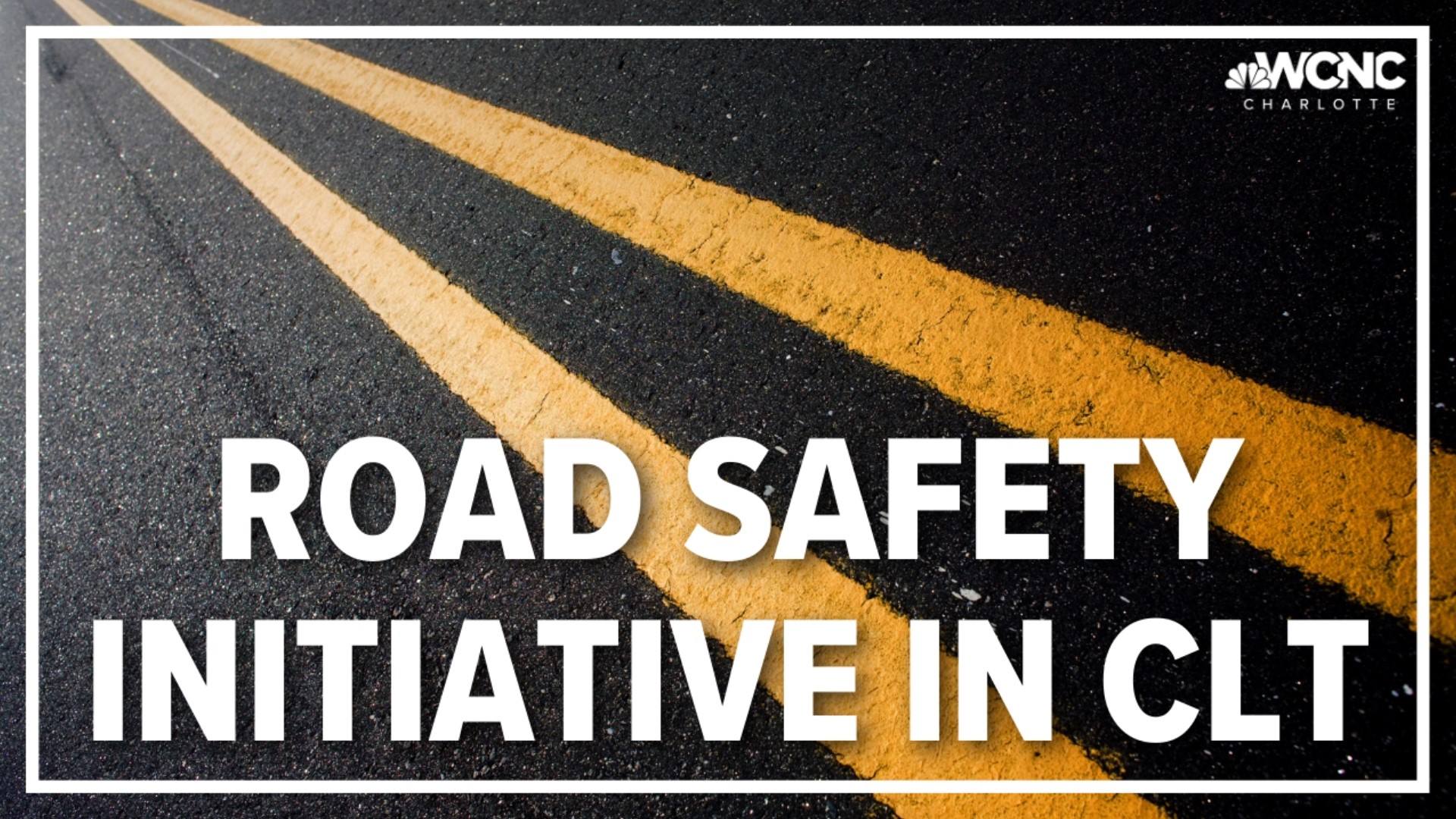CHARLOTTE, N.C. — It happens far too often in Charlotte: a pedestrian or cyclist hit and killed on the road. Advocates for more safety changes say the problem can be systemic.
"Undoing a lot of infrastructure that caters to automobiles is really hard,” Angela Berry, Charlotte Traffic Safety and Vision Zero Manager, said. Vision Zero is a globe-spanning plan aimed at eliminating deaths and serious injuries related to the road, while increasing safe, equitable mobility.
Since 2018, those working on the Vision Zero program in Charlotte have put in pedestrian infrastructure across the city to make roads safer, but they say there is still more work to do.
City data shows a decline in traffic-related deaths from 2020 to last year, with 73 reported in 2020, 66 in 2021, and 61 in 2022. While the trends are headed in the right direction, they are still far from the goal of zero.
“I think it's very a worthwhile goal because I don’t think you can say anything other than zero is an acceptable number," Berry said.
This is hope on the horizon though with Vision Zero's success in other parts of the country. Jersey City, New Jersey, implemented the program and reached its goal of zero traffic deaths in 2022.
“The bottom line is that Vision Zero works, and, as long as you have leadership committed and engagement in the community, most of these traffic crashes can be solved,” Jersey City Mayor Steven Fulop said.
In the Jersey City program, called SafeStreetsJC, Fulop said they focused on problem intersections and invested in other forms of transit. Jersey City has also taken an experimental mindset, piloting traffic safety ideas, before making more concrete changes.
“You figure out solutions, and they don’t always work," Fulop said. "So, you have to be willing to be nimble, try things, recognize when it doesn't work.”
“I think some changes take a little bit of time to kind of work out. So, sometimes that education is really needed," James Lee, SafeStreetsJC president, said.
When comparing the two cities' programs, of importance to note is the population difference between Jersey City and the Queen City. Jersey City has about 250,000 people living there, while Charlotte has almost 875,000 people.
Still, the findings are promising for those in Charlotte working towards change.
“It makes me hopeful for us,” Berry said.
Charlotte recently received $4.4 million dollars in federal grant money to address intersection and pedestrian safety.
Contact Lexi Wilson at lwilson@wcnc.com and follow her on Facebook, Twitter, and Instagram.

